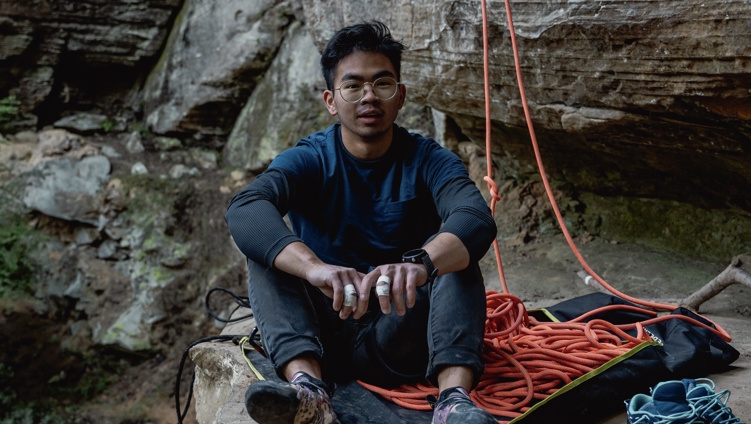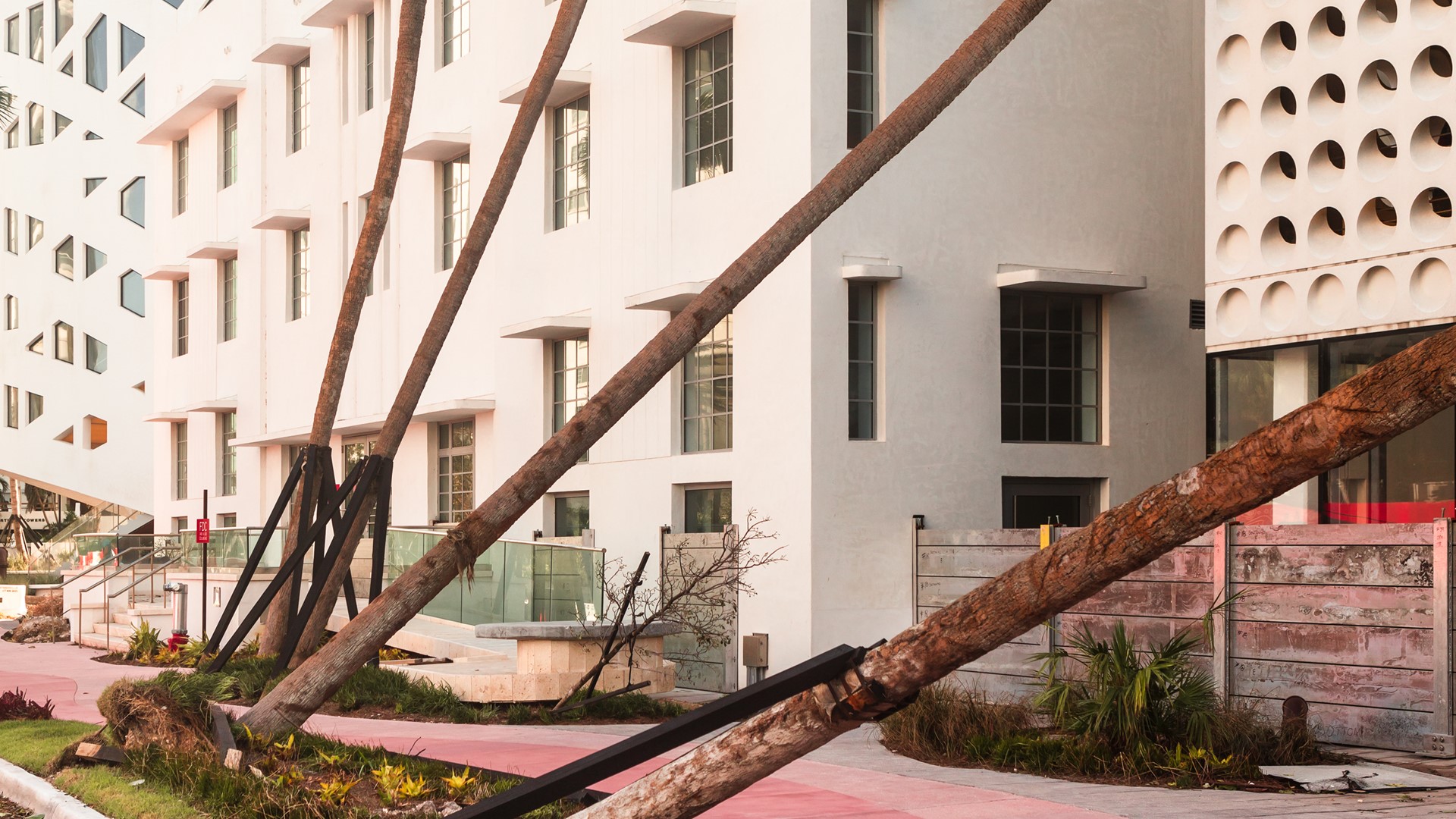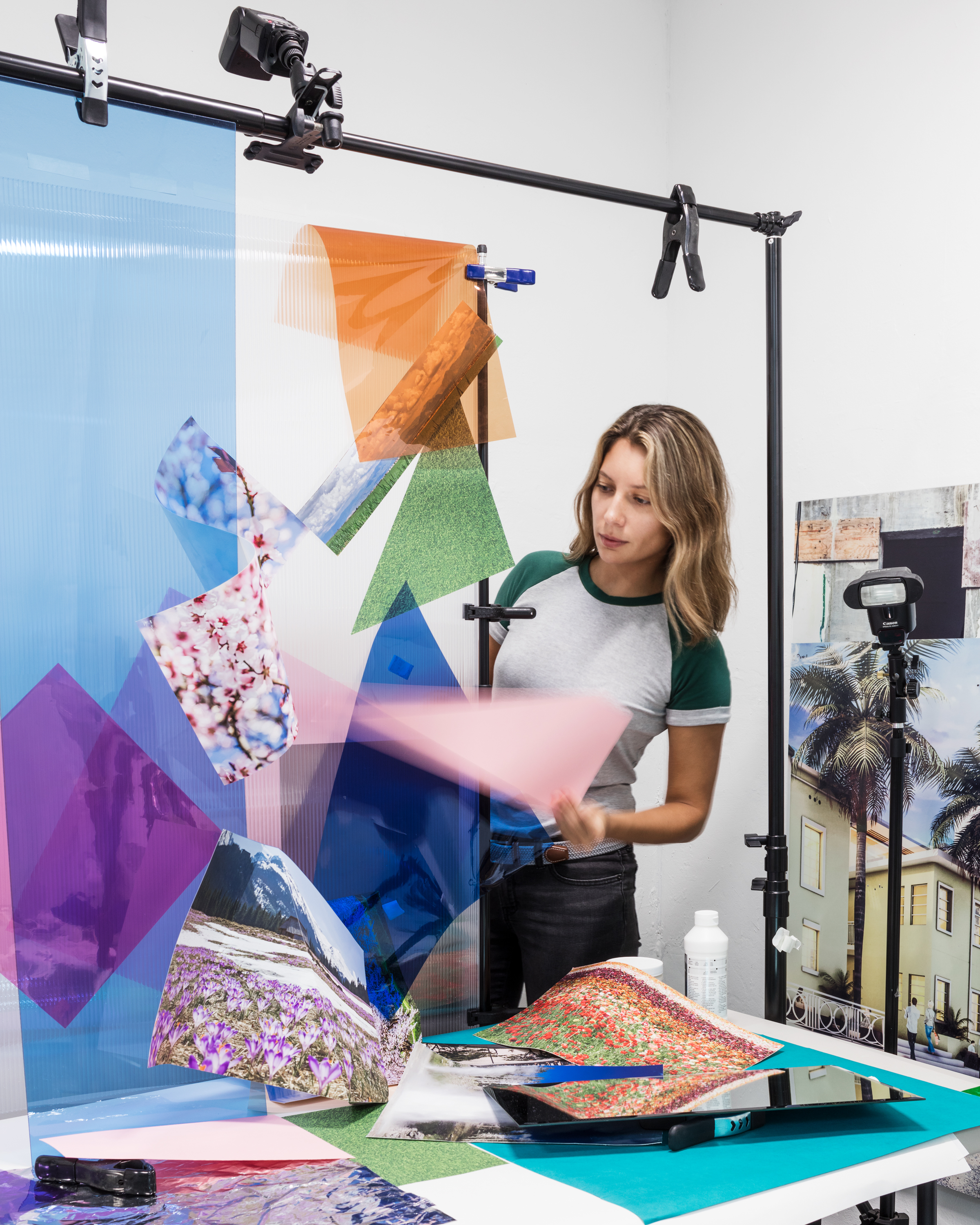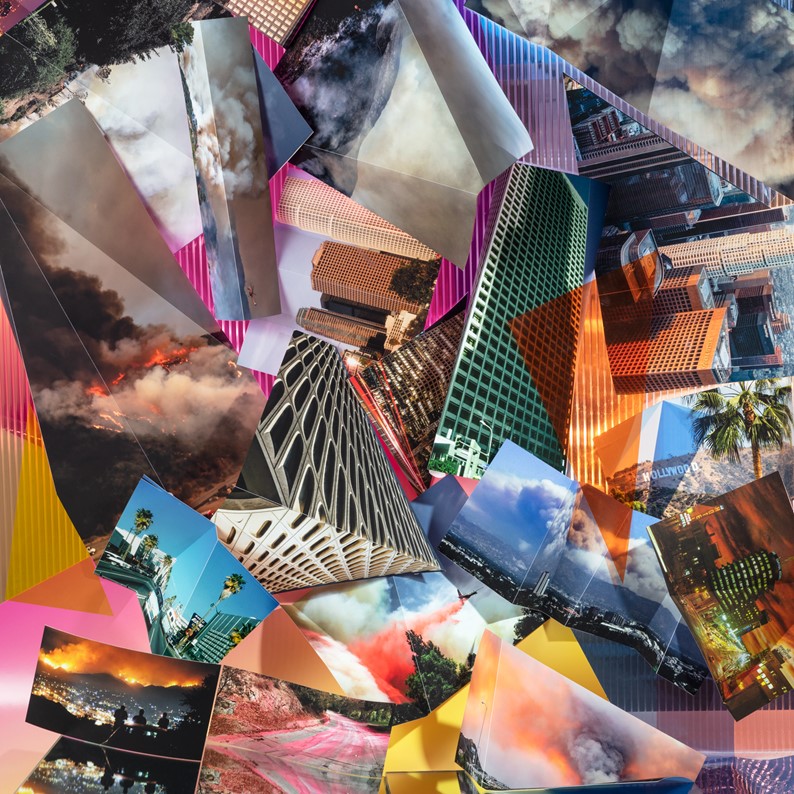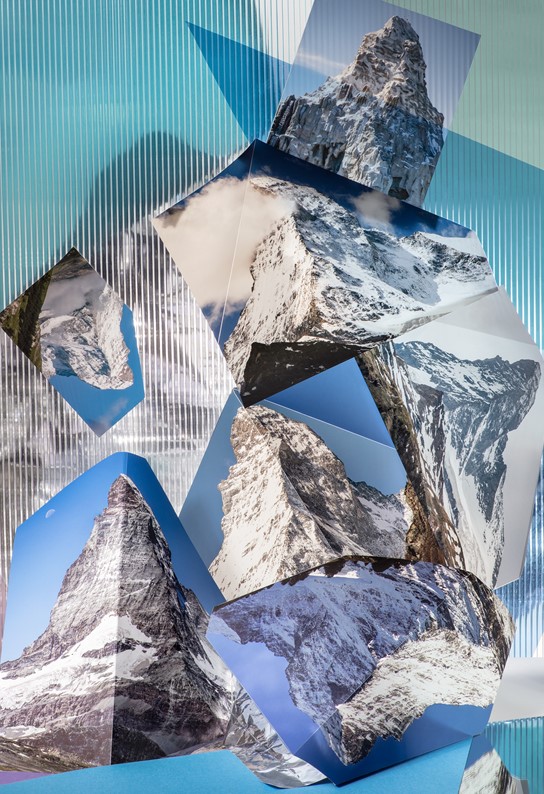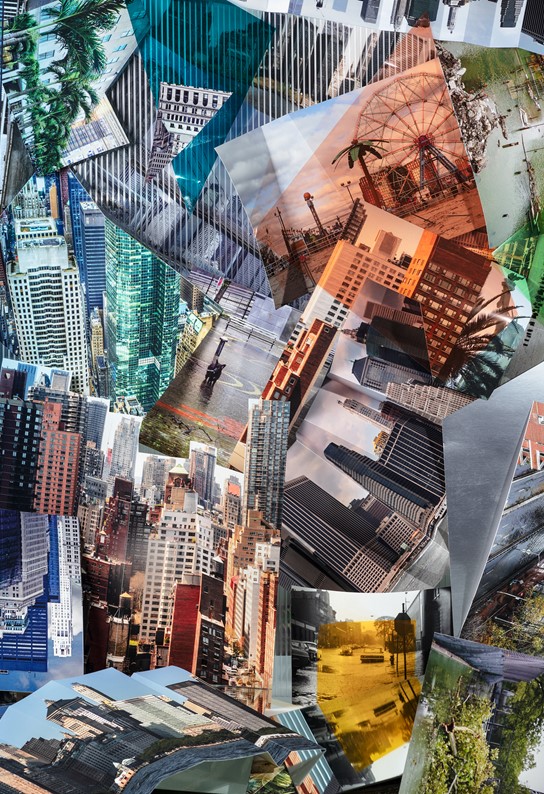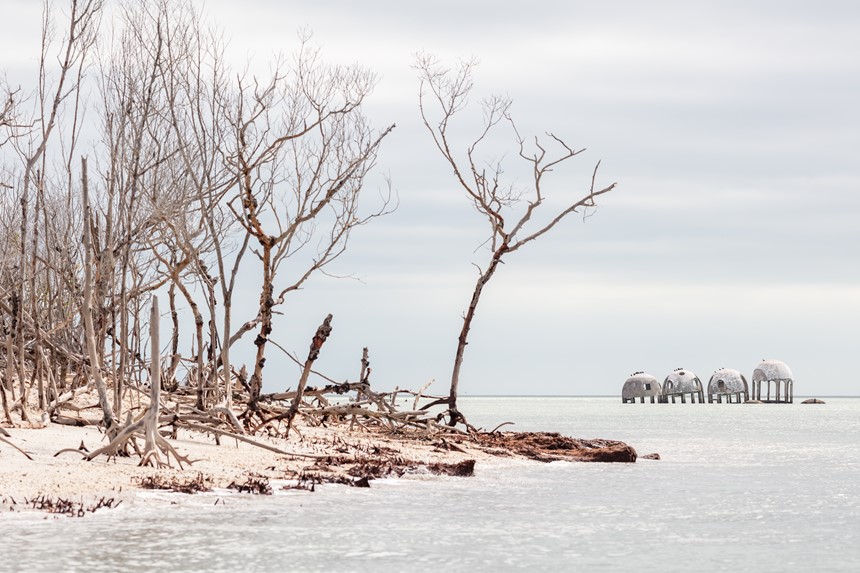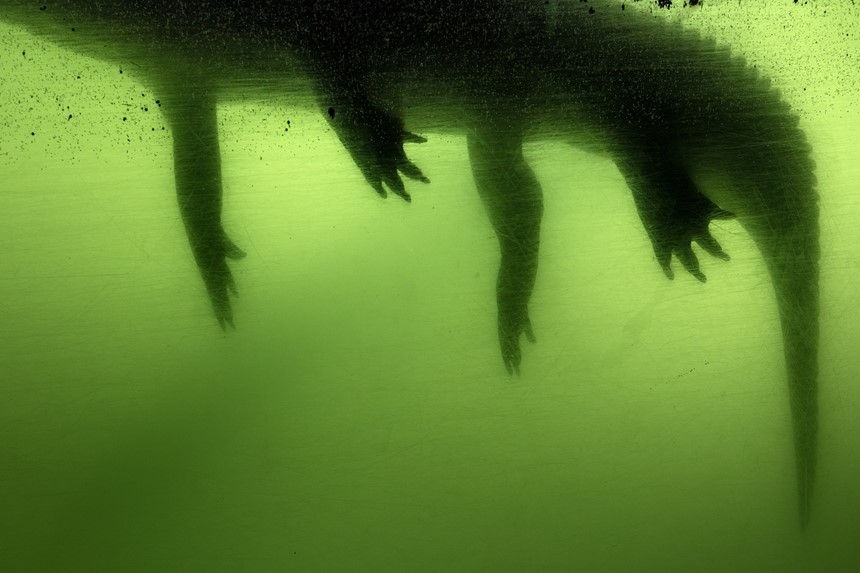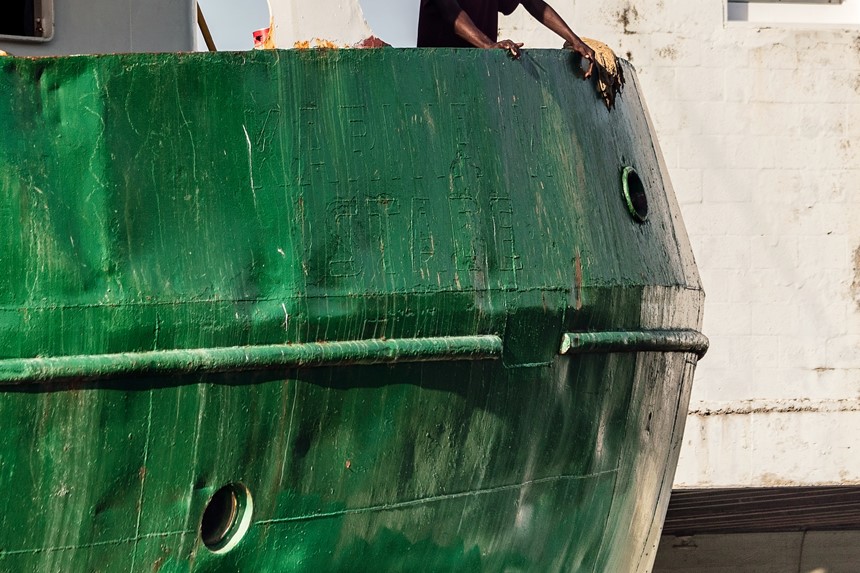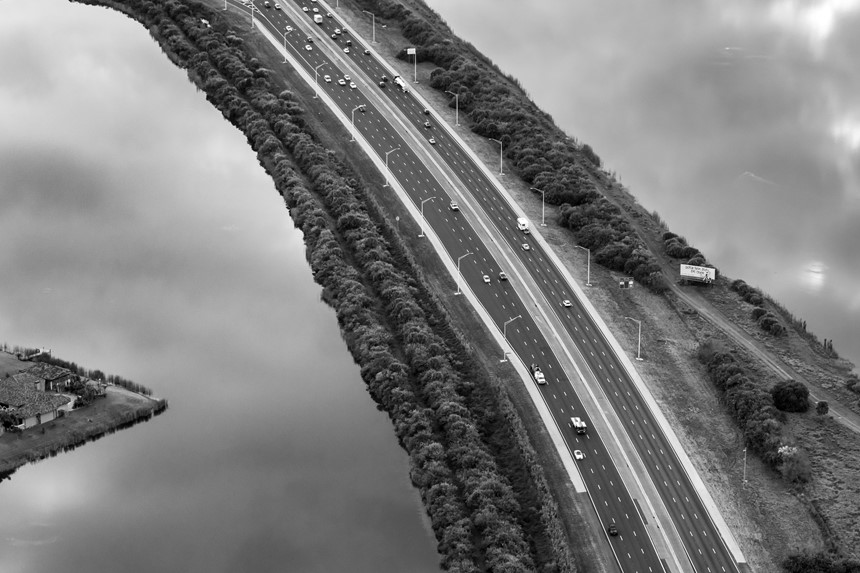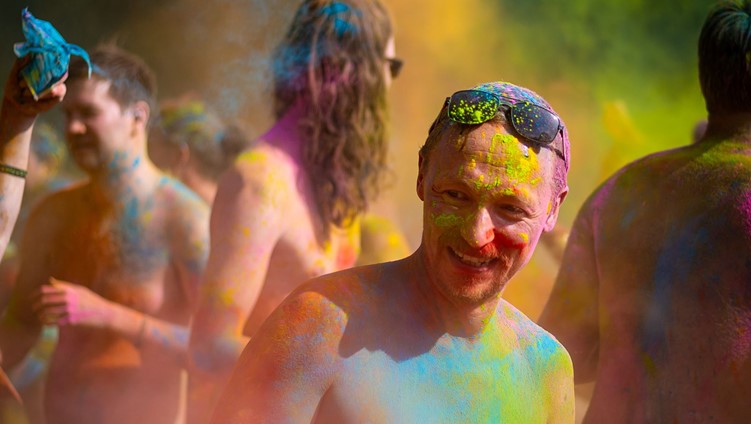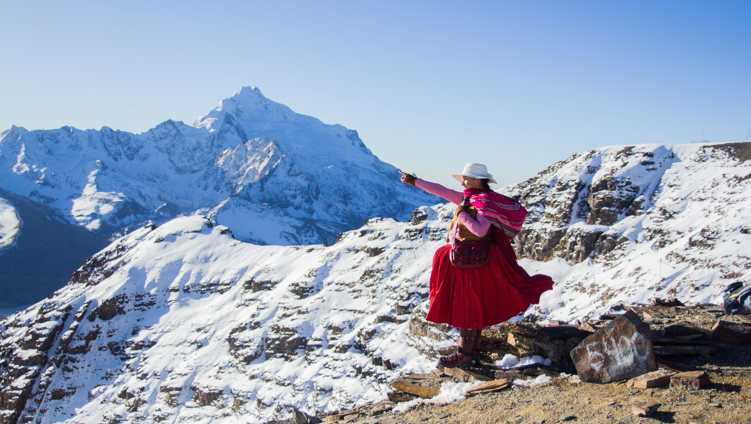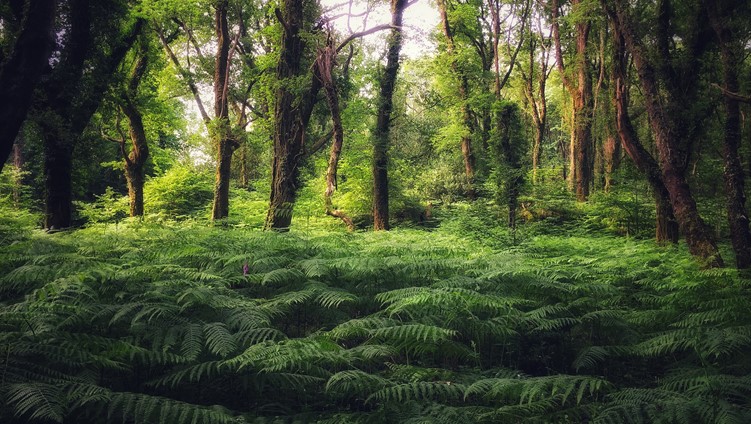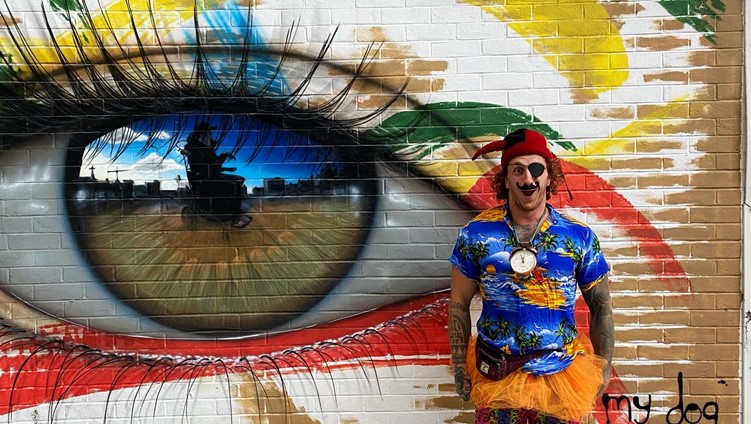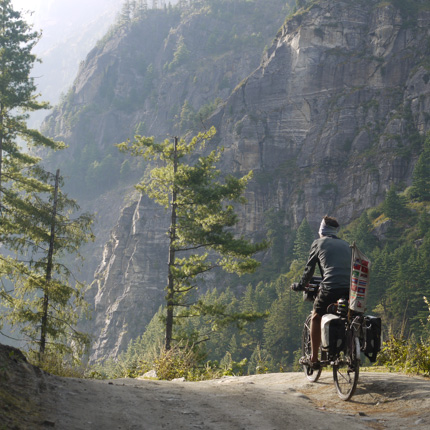A strong thread through your work is the picturesque. What draws you to this theme?
In general, the picturesque is that set of conventions by which the natural world is mediated and our relation to it is depicted. It has evolved over centuries, mutating and adapting incrementally, and it has an enormous hold over the popular imagination, whether we know this or not. As an artist one can attempt to reject the picturesque but I have chosen to explore it, to push it, to contemplate it as a subject within my work, so that the viewer might be made aware of the artifice of picturesque depiction, even when it appears naturalistic. I take the familiar clichés of landscape imagery and twist them, exaggerate them, play with them. This is a common theme across my many different bodies of work.
Specifically, for Landscape Sublime (2013- ongoing), your starting point was a concern about the idealised image we (and Google) have of landscape. Why do you see this as problematic?
Idealisations are as inevitable as they are problematic. It’s interesting how we are acutely aware of, and ‘woke’ to stereotypical depictions of people, but far less so about stereotypical images of landscape. And yet, what we are as people is often bound up with our complex relation to landscapes, to the natural world and to our sense of place. Again, one can reject these stereotypes or explore them.
Landscape Sublime began with my noticing that on file-sharing websites such as Flickr most landscape imagery was ultra-conformist, with photographers almost competing with each other to make the most idealised and ‘perfect’ imagery of glaciers, mountains, tropical beaches, forests, deserts and so on. These photographers were not expressing any individual vision but were refining their photography, almost algorithmically. Many were uploading their photographs free of copyright, launching their work into the world so that it might circulate freely. I would search for this imagery by keyword, download it and gather it in folders. I would then print the photos out. In my studio I would sculpt the prints into three-dimensional collages, similar in form to Constructivism or Cubism with their multiple perspectives and complex interrelations. I would light these sculptural forms carefully and then photograph them. My final works would be single, flat photographic documents of these constructions.
In discussions of the experience of landscape, the ‘sublime’ is that feeling of awe, wonder or fear that we have before an overwhelming view. But those feelings are diminished somewhat when we have already experienced the place in advance as conventional imagery. Perhaps what is sublime today is really the vast number of similar images that now fill up the world’s hard drives.
This year my Landscape Sublime took on a more apocalyptic tone. The tableaus, which are informed by Cubism and Russian Constructivism, now represent various cities that are particularly vulnerable to climate change. The series is a reimagining of Paul Citroen's celebrated photomontage Metropolis 1923. A century on, the spellbound excitement of the modern 20th-century city is giving way mixed feelings and deep anxiety about a world spinning out of control. The first in this sub-series is the Subtropical Metropolis (NYC), 2020.
